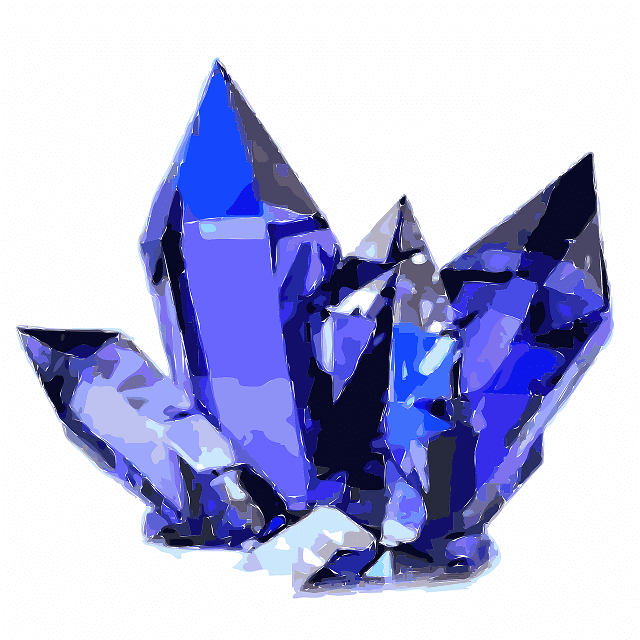The krakatoa volcano is one of the most active volcanoes in Indonesia.
The krakatoa volcano has been constantly erupting since June 27th, 2018 and these eruptions have caused ash to cover a wide area in Indonesia.
This blog post will discuss krakatoa information including its location, what it looks like when it’s erupting, and the types of eruptions that occur.
What Type Of Volcano Is Krakatoa?
Krakatoa is a stratovolcano. Stratovolcanoes are known for explosive eruptions and he has been causing ashfall since its latest eruption on June 27th, 2018.
The krakatoa volcano last erupted in 1883 and the effects of that eruption could be seen around the world including tsunamis and changes to global climate patterns.
What does krakatou look like?
The krakatoa volcano rises above Java’s southern coast with an elevation of about 1500 meters (4921 feet). Krakatou forms a small island just off Indonesia’s Sundra Strait which separates it from nearby islands when there aren’t any eruptions occurring at karak
How Is He Formed?
The volcano was formed by the Javanese’s violent subduction of Indian Ocean crust beneath Eurasia. The volcanic island is approximately 143 square kilometers (55 square miles) in size and has a circumference of about 60 km (37 mi).
How Many Times Has Krakatoa Erupted?
Krakatoa has had over 30 recorded eruptions in the last 200 years. Many
of krakatoa’s eruptions are explosive in nature which can cause violent explosions when magma interacts with water.
The most recent eruption at krakatoa occurred on June 27th, 2018 and it has caused ash to cover over 900 square kilometers (348 square miles)
what does krakatoa mean?
The krakatoa volcano is named after the island it belongs to. Krakatou means “the crag” in Javanese and kraka meaning “crag” or “rock”.
How Much Damage Did Krakatoa Cause?
The krakatoa volcano’s 1883 eruption is considered to be one of the most explosive eruptions in modern history and it even created its own atmosphere.
The explosion was so powerful that krakatoa ejected about 21 cubic kilometers (0.06 cubic miles) of rock into the air as well as giant tsunamis which killed over 36,000 people with only 165 survivors from Sumatra island.
It also caused global temperature anomalies after dust filled up Earth’s stratosphere for years afterward.
What Would Happen If krakatoa erupted again?
The krakatoa volcano’s magma chamber is over 11 km (36,000 feet) below sea level and this makes eruptions at karakatau explosive with ash plumes reaching up to 20 kilometers (65,600 feet).
The krakatoa volcano could also create tsunamis which could devastate many coastal communities near the Sundra Strait if they are not prepared for an eruption.
Who Discovered Krakatoa?
Krakatoa was discovered by a dutch merchant ship captain named Cornelius Houtman in the early 1500s.
In 1888 a Dutch artist named Willem Arnold created lithograph prints of karakatau which helped people understand the extent of damage that occurred after its eruption
The Great Volcanic Eruption
1,312




